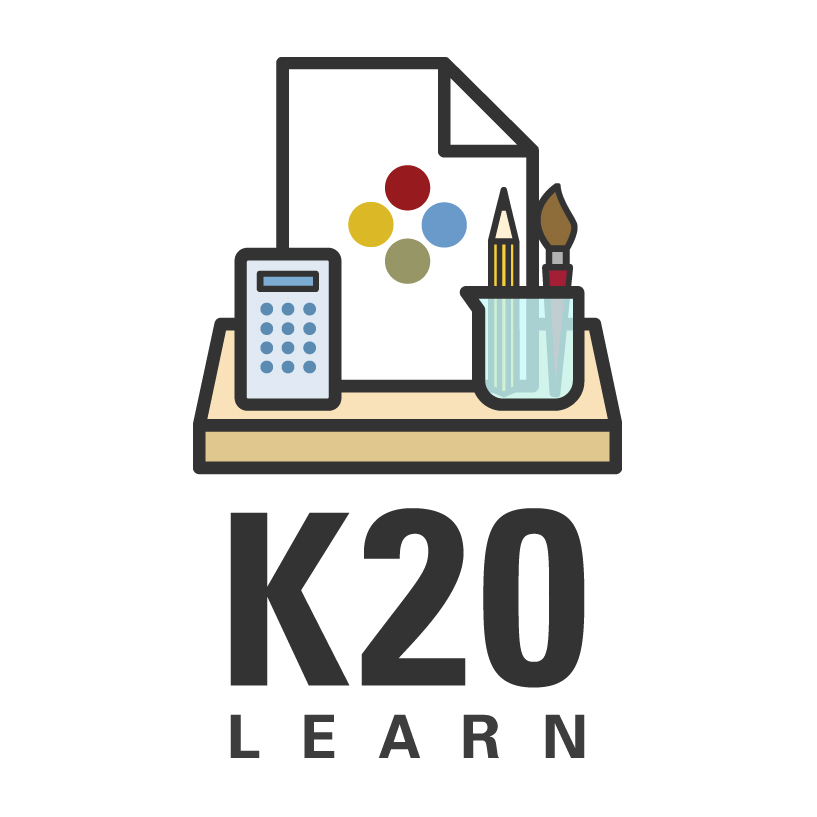Card

Tip of the Iceberg
Students use critical thinking to identify and reflect on their own learning.
Tip of the Iceberg
Summary
Students use an “iceberg worksheet” graphic organizer to identify information that they already know or have been taught, information that they've suspected from previous lessons, and questions or deeper knowledge that they've learned since the lesson. Only about 1/8 of an iceberg is visible above the water. The rest is below. Like the iceberg, learning has some aspects that are visible and many others that can only be suspected, guessed, or learned as understanding grows; the visible part of a subject is only a small part of a much larger whole.
Procedure
Explain the iceberg metaphor (included in the summary) to students.
Give each student an iceberg worksheet (a simple, line image of an iceberg floating in the water with only a small amount above the water).
Students identify aspects of the lesson that they've already learned and write these things above the water line on their worksheet.
Students write about their knowledge that stands "at the water line," information they suspect about the subject based on previous learning.
Students then write about their deeper knowledge below the water line. This is knowledge they did not have before and questions that they may have formed since the lesson.
Provide a chance for students to share these observations either as a class or in small groups.
Adapted from Hobson, A., & Pettersen, L. (2008). YELL louder than ever before! With the youth engaged in learning about leadership curriculum (pp. 73-74). University of Wisconsin Extension.




